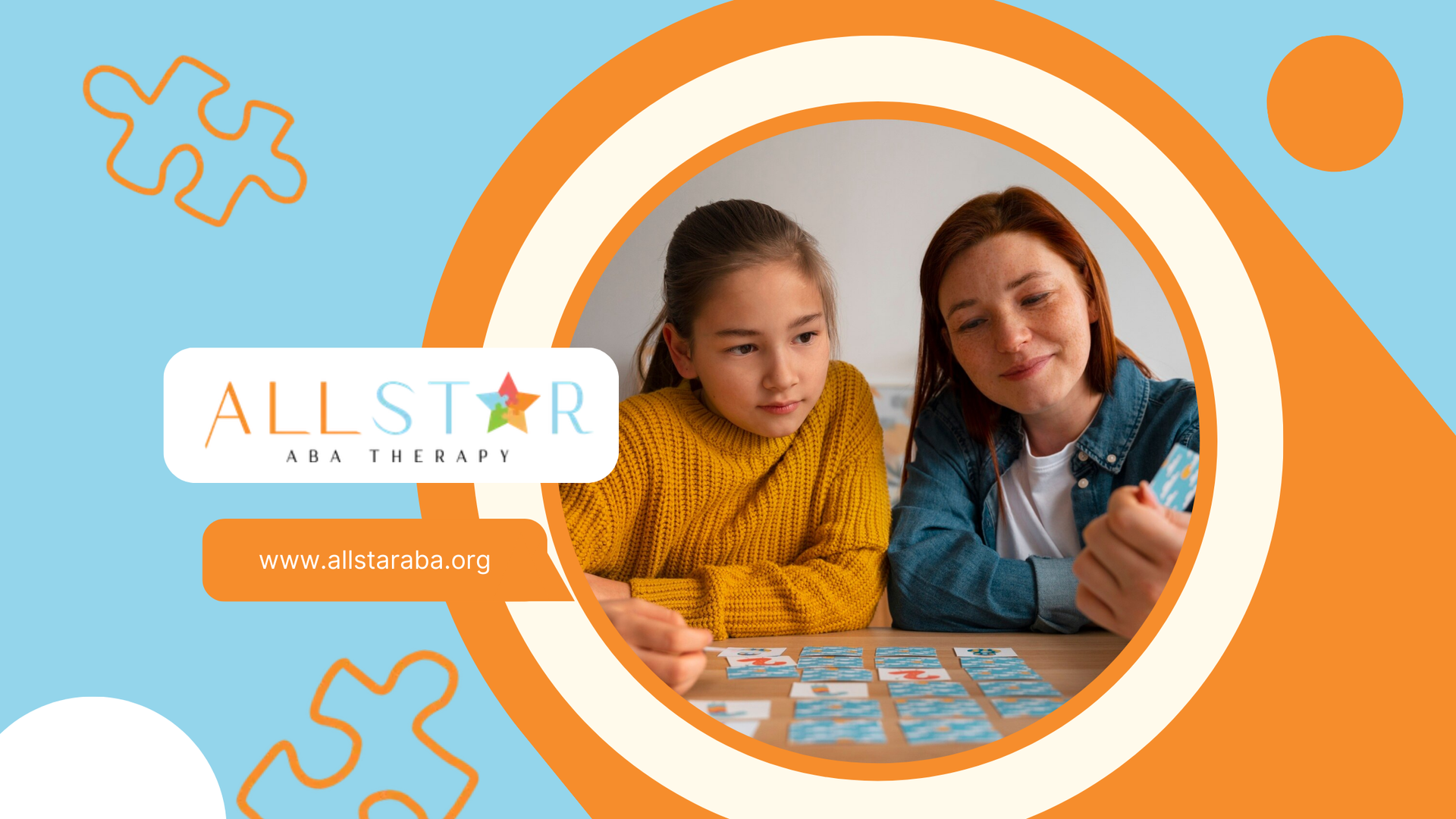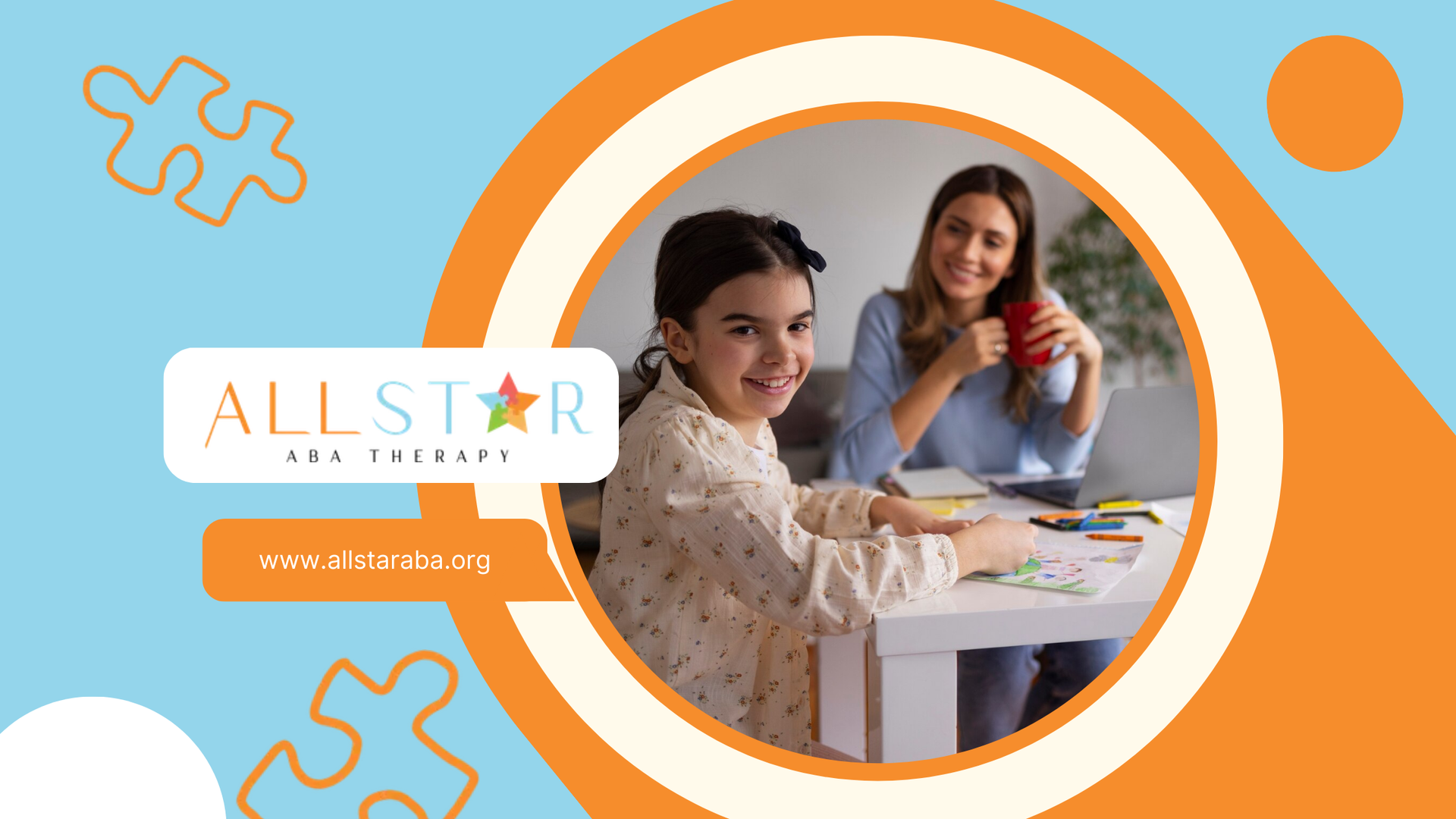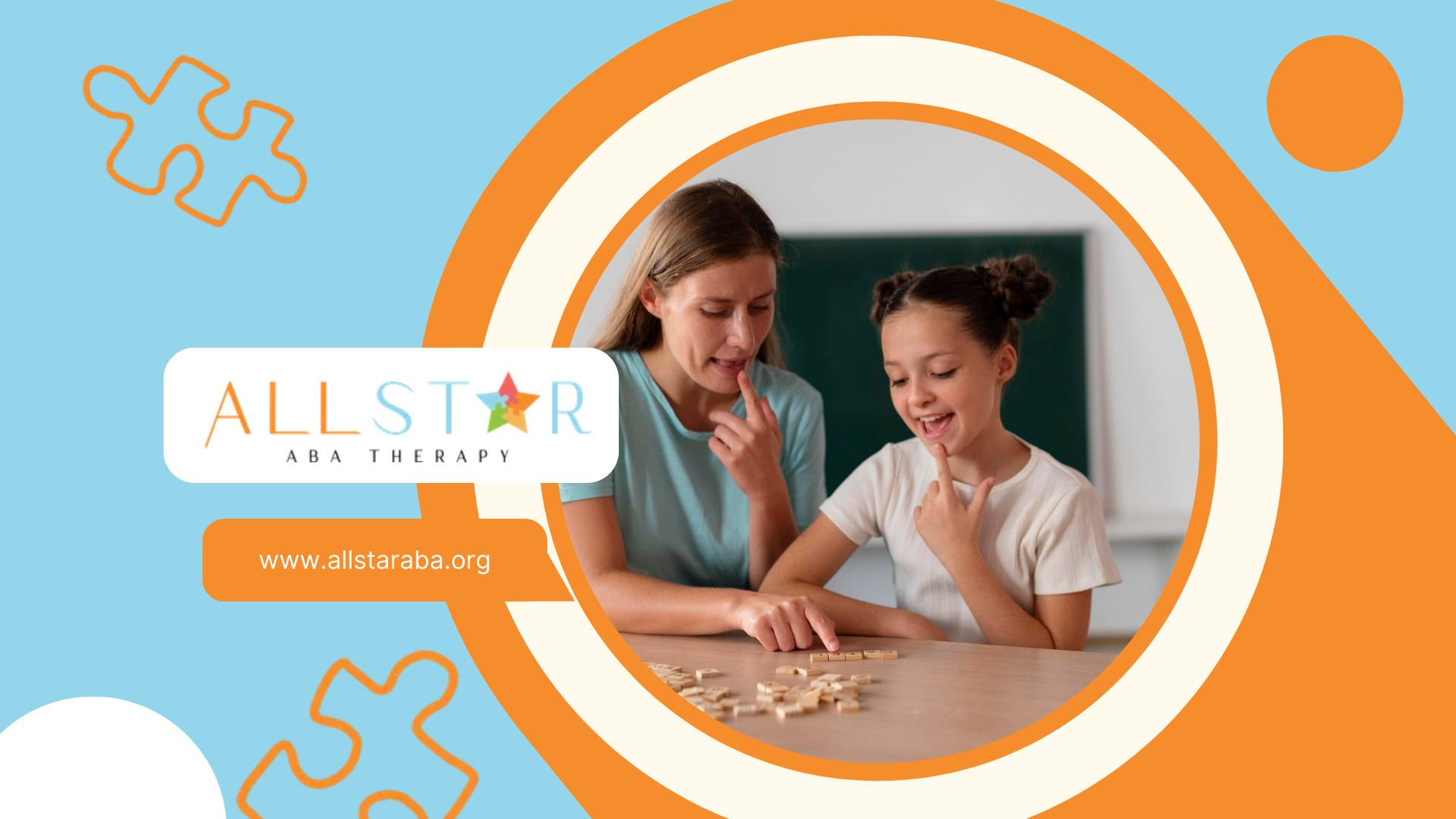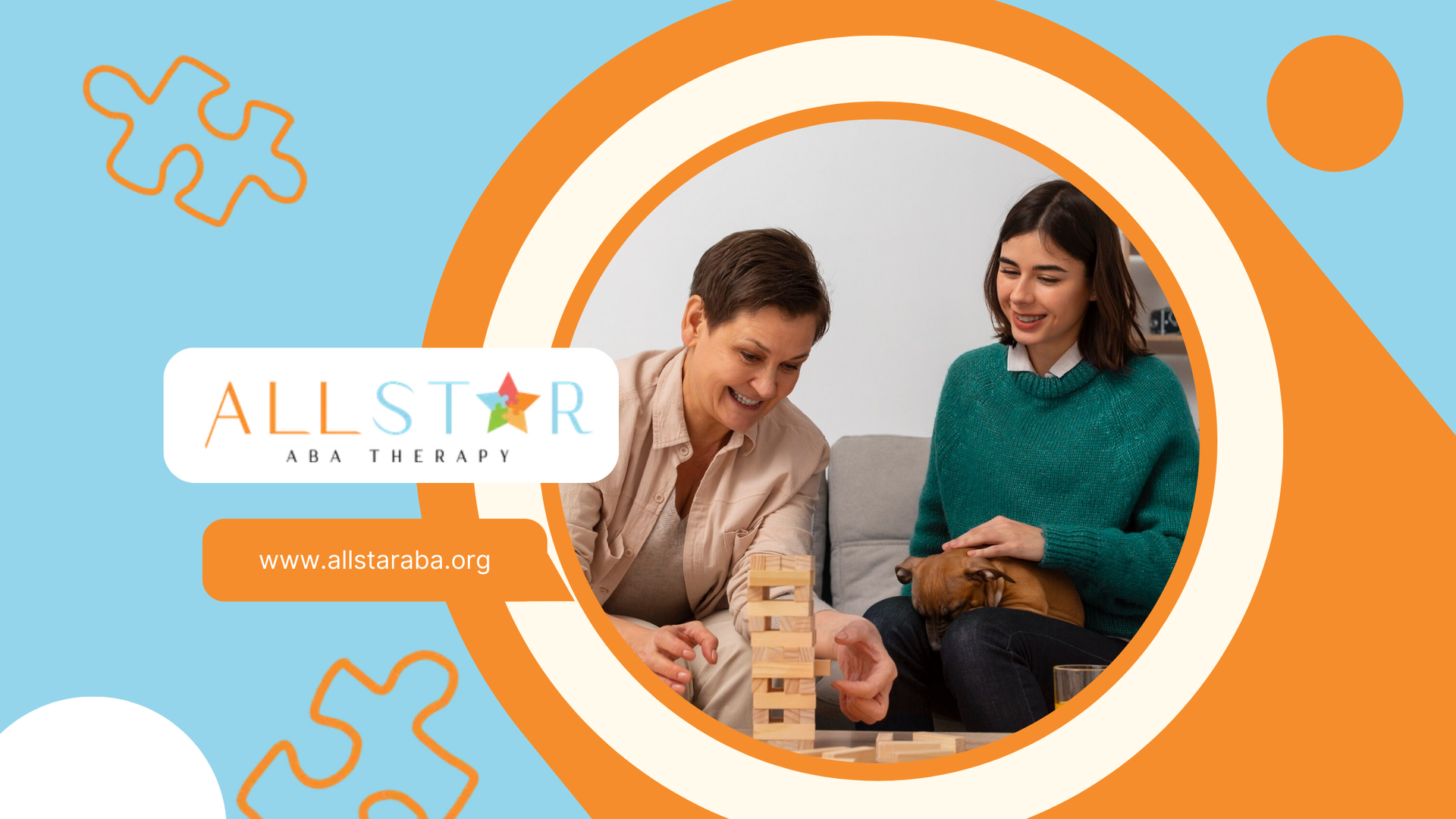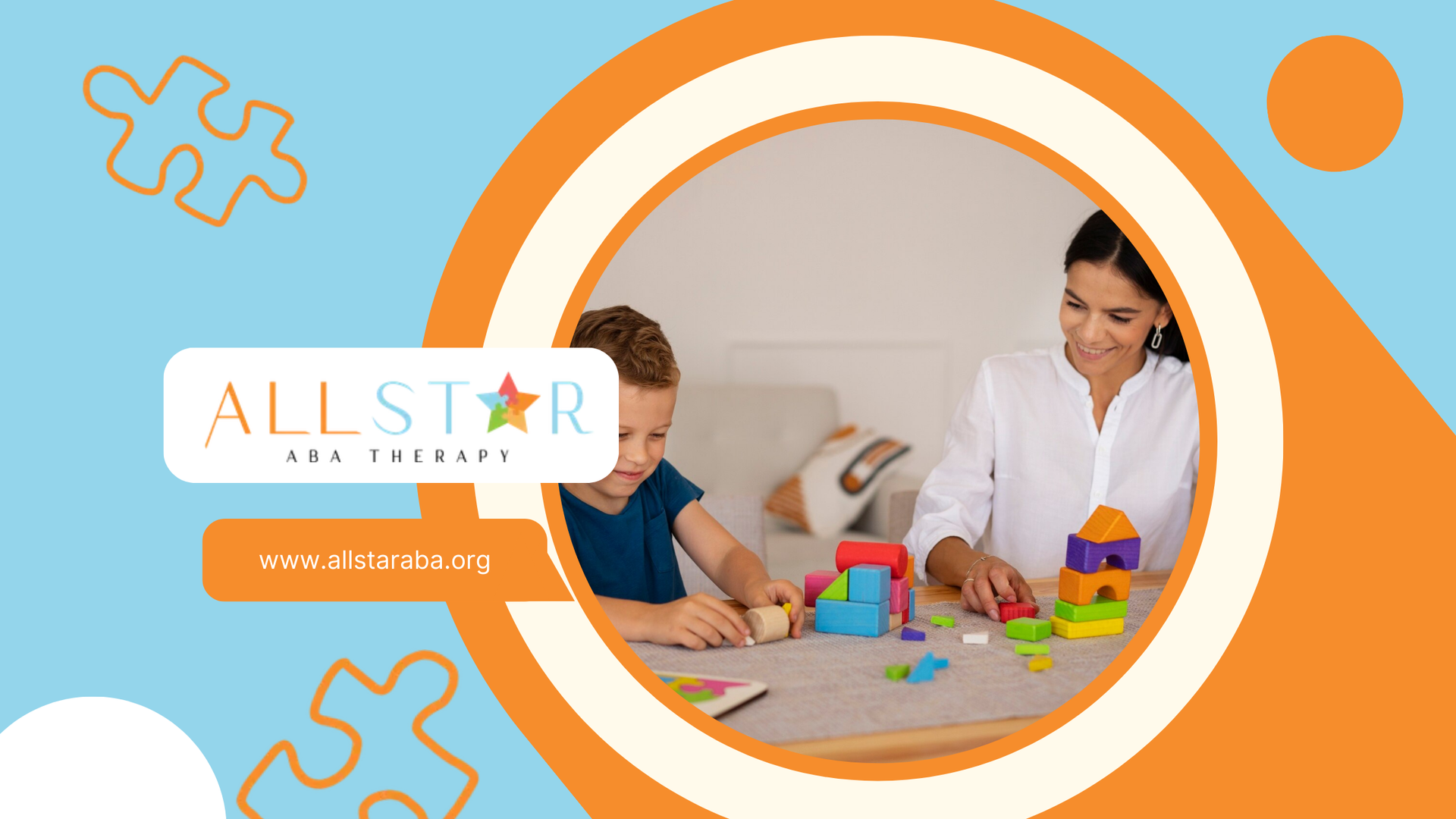New Paragraph
ABA Therapy for High-Functioning Autistic Teens: A Guide
Understanding ABA Therapy for Teens
Applied Behavior Analysis (ABA) therapy is a widely recognized approach for supporting high-functioning autistic teens. This section explores the benefits of ABA therapy and the importance of individualized treatment plans.
Benefits of ABA Therapy
ABA therapy offers numerous advantages for high-functioning autistic adolescents. It focuses on teaching and reinforcing positive behaviors while reducing or eliminating negative or inappropriate behaviors. The therapy is based on the principles of behaviorism and is designed to help teens develop essential skills for daily life.
Some of the key benefits of ABA therapy for high-functioning autistic teens include:
- Social Skills Development: ABA therapy helps teens develop more appropriate social behaviors and communication skills, enabling them to navigate social interactions effectively.
- Communication Enhancement: The therapy focuses on improving communication abilities, which is crucial for expressing needs, building relationships, and participating in social activities.
- Life Skills Mastery: ABA therapy teaches daily living skills such as personal hygiene, organization, and other routines, preparing teens for independence as they transition into adulthood.
A notable percentage of adolescents with autism may reach developmental milestones comparable to their peers through early and intensive ABA interventions, emphasizing the therapy's effectiveness in promoting personal growth among this age group.
Individualized Treatment Plans
One of the core principles of ABA therapy is the creation of individualized treatment plans tailored to the unique needs and abilities of each person. This ensures that the therapy is relevant, goal-oriented, and maximizes the potential for positive change.
Individualized treatment plans typically involve:
- Assessment: Conducting a thorough assessment to understand the teen's strengths, challenges, and specific needs.
- Goal Setting: Establishing clear, measurable goals that are aligned with the teen's developmental stage and personal aspirations.
- Intervention Strategies: Implementing targeted intervention strategies to address specific behaviors and skills.
- Progress Monitoring: Regularly monitoring progress and making adjustments to the treatment plan as needed to ensure continued growth and development.
By focusing on the unique needs of each teen, ABA therapy can provide a personalized approach that supports their journey towards greater independence and improved quality of life.
For more information on ABA therapy strategies and interventions, visit our articles on ABA therapy strategies for autistic teens and ABA therapy interventions for teenage autism.
Techniques in ABA Therapy
Applied Behavior Analysis (ABA) therapy employs various techniques to support high-functioning autistic teens in developing essential skills. Here, we explore three prominent techniques: Discrete Trial Training (DTT), Pivotal Response Training (PRT), and Verbal Behavior (VB).
Discrete Trial Training (DTT)
Discrete Trial Training (DTT) is a structured approach in ABA therapy that involves breaking down skills into smaller, manageable steps and providing reinforcement for correct responses. This method is highly effective for teaching a wide range of skills, from language and communication to self-care and academic concepts.
In DTT, each trial consists of a clear instruction, a response from the teen, and a consequence (reinforcement or correction). This repetitive and consistent structure helps teens with autism learn and retain new skills.
| Skill Area | Example Task | Reinforcement |
|---|---|---|
| Language | Identifying objects | Praise, tokens |
| Communication | Requesting items | Access to item |
| Self-care | Brushing teeth | Stickers, extra playtime |
| Academics | Solving math problems | Small treats, verbal praise |
Pivotal Response Training (PRT)
Pivotal Response Training (PRT) is a naturalistic approach in ABA therapy that focuses on targeting pivotal areas of development, such as motivation, responsivity to multiple cues, and self-management. PRT can be incorporated into everyday activities and play sessions, making it a flexible and engaging method for teens.
PRT emphasizes the following key components:
- Motivation: Using the teen's interests to encourage participation.
- Responsivity: Teaching the teen to respond to multiple cues in the environment.
- Self-Management: Helping the teen develop skills to manage their own behavior.
Verbal Behavior (VB)
Verbal Behavior (VB) in ABA therapy emphasizes the development of functional communication skills through the use of positive reinforcement and systematic prompting and fading procedures. This technique focuses on teaching teens to use language effectively in various contexts.
VB categorizes language into different operants, such as:
- Mands: Requests (e.g., asking for a drink)
- Tacts: Labels (e.g., naming objects)
- Intraverbals: Conversational responses (e.g., answering questions)
For additional insights into VB and its applications, visit our page on ABA therapy programs for autistic adolescents.
By understanding and utilizing these ABA techniques, families can support their high-functioning autistic teens in achieving their full potential.
ABA Therapy Goals for Autistic Teens
ABA therapy for high-functioning autistic teens focuses on several key areas to help them navigate their unique challenges and developmental needs. These goals include social skills development, communication enhancement, and life skills mastery.
Social Skills Development
One of the primary goals of ABA therapy for autistic teens is to enhance their social skills. This involves helping them develop more appropriate social behaviors and navigate social interactions effectively. Social skills development may include:
- Understanding and interpreting social cues
- Initiating and maintaining conversations
- Building and maintaining friendships
- Participating in group activities
ABA therapy uses techniques such as role-playing and social stories to teach these skills in a structured and supportive environment.
Communication Enhancement
Effective communication is crucial for autistic teens to express their needs, thoughts, and emotions. ABA therapy focuses on enhancing both verbal and non-verbal communication skills. Goals in this area may include:
- Improving speech clarity and fluency
- Expanding vocabulary and language comprehension
- Using alternative communication methods (e.g., sign language, communication devices)
- Developing active listening skills
By working on these communication goals, teens can better interact with their peers, family members, and teachers.
Life Skills Mastery
Life skills mastery is essential for fostering independence and preparing autistic teens for adulthood. ABA therapy helps teens build essential life skills such as personal hygiene, time management, organization, and self-care. Specific goals may include:
- Developing daily routines and schedules
- Learning to manage personal finances
- Practicing cooking and meal preparation
- Understanding and following safety protocols
These skills are taught through consistent practice and reinforcement across different settings, ensuring that teens can apply them in real-life situations.
By focusing on these key areas, ABA therapy aims to equip high-functioning autistic teens with the tools they need to thrive in their daily lives and transition successfully into adulthood.
Parental Involvement in ABA Therapy
Parental involvement is a crucial aspect of successful ABA therapy for high-functioning autistic teens. Active participation by parents can significantly enhance the effectiveness of the therapy and promote long-term positive outcomes.
Importance of Parental Support
Parental support is essential in reinforcing the skills learned during ABA therapy sessions. When parents actively participate in the therapy process, they can create a consistent environment that fosters growth and positive behaviors. Parental involvement is a key component of successful ABA therapy. By being involved, parents can help their teens apply the skills learned in therapy to real-life situations, ensuring that these skills are generalized and maintained over time.
Caregiver involvement is also critical in enhancing the outcomes of ABA therapy interventions. Active participation and training of caregivers lead to significant improvements in children's skills and behaviors, promoting long-term positive outcomes. This involvement helps to create a supportive and nurturing environment that encourages the teen's development and progress.
Implementing ABA Techniques at Home
Implementing ABA techniques at home is an effective way for parents to support their teen's therapy. By applying these techniques in everyday situations, families can create a consistent and supportive environment that fosters learning and development. This consistency is crucial for reinforcing the skills learned during therapy sessions and ensuring that they are generalized to various settings.
Caregiver training in ABA therapy involves equipping families with effective tools and strategies to implement ABA principles in everyday situations. This training is critical for ensuring consistency in the child's learning and development, extending therapeutic techniques beyond formal therapy sessions. By being trained in these techniques, parents can effectively support their teen's progress and help them achieve their therapy goals.
One effective model for parental involvement is the Parent Behavior Technician (pBT) model. This model allows parents to serve as behavior technicians in delivering ABA therapy. Children with severe autism have shown significant improvements when participating in this model, achieving clinically significant enhancements in adaptive behaviors and reductions in interfering behaviors after just three months of treatment.
Criticisms and Defenses of ABA Therapy
Controversies Surrounding ABA
Applied Behavior Analysis (ABA) therapy has been a subject of debate within the autism community. One of the primary criticisms is rooted in the history of ABA, where the earliest versions used punishments alongside rewards. Although modern ABA no longer employs punishments, critics argue that the therapy remains too repetitive and demanding for children.
Autistic self-advocates also express concerns that ABA therapy aims to make autistic children conform to neurotypical standards, which may not align with the unique needs of autistic individuals. They suggest that alternative therapies, such as speech and language therapy, might be more beneficial in fostering skills and independence.
Defending ABA Practices
Supporters of ABA therapy argue that the modern approach is significantly different from its early iterations. Practitioners are now trained to make learning engaging and enjoyable for the child, reducing the repetitive nature of the therapy.
Defenders also emphasize that ABA therapy for high-functioning autistic teens focuses on teaching and reinforcing positive behaviors while reducing or eliminating negative or inappropriate behaviors. The goal is to enable independence and help children build on their strengths, allowing them to participate in society as much as possible.
ABA therapy typically involves breaking down lessons into manageable steps, allowing students to progress at their own pace. This approach improves motivation and self-regulation, using rewards or removing tokens based on behavior. Children are also shown examples of unacceptable behavior in group settings and instructed to observe peers performing successfully.
Long-Term Impact of ABA Therapy
Transition to Adulthood
ABA therapy plays a crucial role in facilitating a successful transition to adulthood for teenagers with autism. This therapy helps set goals, explore career interests, and develop strategies for post-secondary education or vocational training. It fosters self-determination and decision-making skills, which are essential for independence.
ABA therapy also helps teens build essential life skills like personal hygiene, time management, organization, and self-care. These skills are crucial for fostering greater independence and preparing them for adulthood responsibilities. Consistency across different settings ensures that these skills are generalized and maintained.
Duration and Effectiveness of Therapy
The duration and intensity of ABA therapy can vary, but most autistic children with high-functioning autism should receive long-term, intense therapy. Typically, treatment sessions range from 25 to 40 hours per week over several years. The entire course of therapy usually takes one to three years.
ABA therapy has been shown to be effective in promoting personal growth among adolescents with autism. A notable percentage of adolescents may reach developmental milestones comparable to their peers through early and intensive ABA interventions. The therapy offers numerous benefits for high-functioning adolescents on the autism spectrum, including significant improvements in social skill development, communication abilities, and daily living skills such as personal hygiene and organization.
Final Thoughts
ABA therapy offers high-functioning autistic teens the tools and support they need to thrive—from building essential life skills to improving communication and social interactions. With individualized treatment plans and strong parental involvement, ABA therapy can create lasting, positive change in a teen's development and overall quality of life.
Whether you're just starting your journey or looking to enhance your current approach, All Star ABA is here to help. Contact us today to learn how our specialized ABA therapy services can support your teen's growth and independence.
Sources:
- https://www.autismspeaks.org/expert-opinion/what-discrete-trial-training
- https://www.yalemedicine.org/conditions/pivotal-response-treatment
- https://pmc.ncbi.nlm.nih.gov/articles/PMC6269398/
- https://www.bhcoe.org/2021/07/the-role-of-caregiver-involvement-in-aba-therapy/
- https://childmind.org/article/controversy-around-applied-behavior-analysis/
Need Support?
We're Here to Help!
Our experienced team is ready to assist you. Reach out today to discuss how we can support your child's development and well-being.
Get started with expert ABA therapy today.
Related posts

All Star ABA delivers the gold standard of care, Applied Behavioral Analysis (ABA) therapy, for individuals diagnosed with ASD, from infancy to age 21.
Quick Links
All Rights Reserved | All Star ABA


